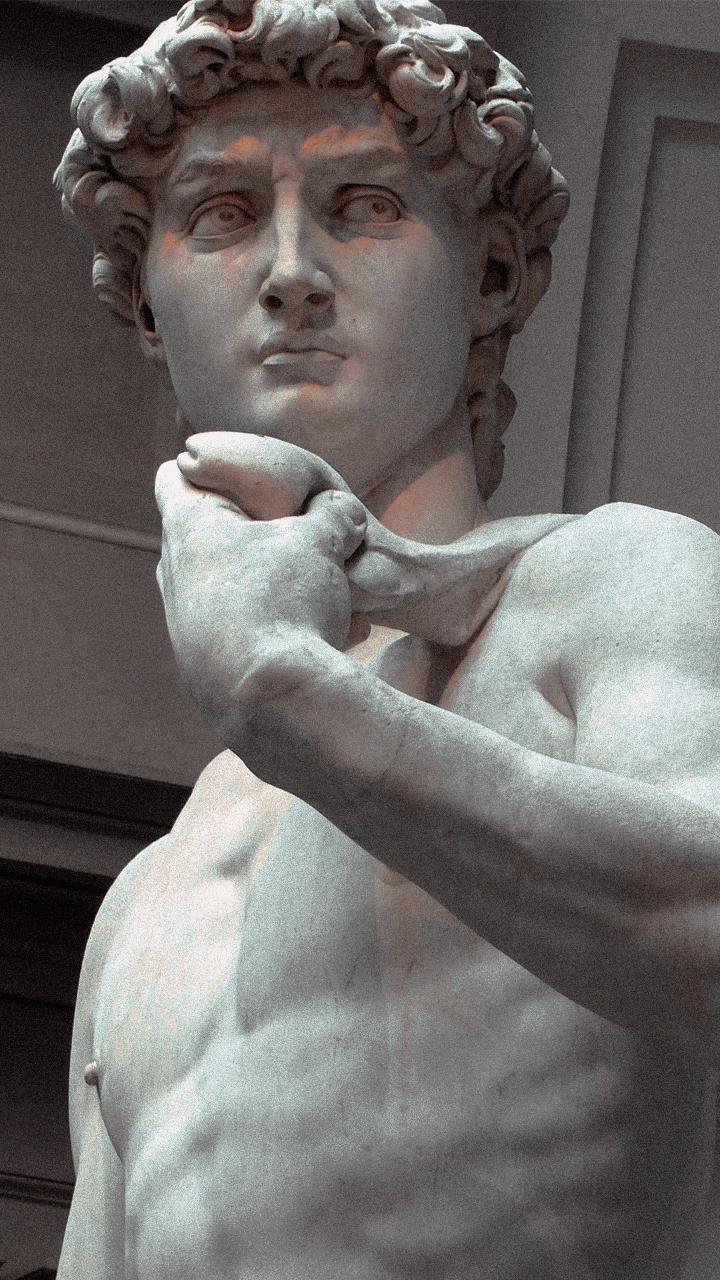°○。
English project 1 。○°
INTRODUCTION 
From about 1350, scholars in Europe began to translate and copy books written by ancient scientists and historians. These books showed people that many of the things believed in the Medieval period were wrong. Exciting new theories and discoveries were written about and discussed. This period in European history is called the Renaissance, which means 'a new birth'. In the years after 1450, equipped with the new ideas of the Renaissance, Europeans had a huge cultural and scientific influence on the rest of the world.
TRADE 
By the 1400s, kings relied on full-time soldiers paid with money. Kings turned to merchants to pay for their armies, so merchants gained power. The Italians invented banks to give loans to kings and merchants. Trading towns began to thrive across western Europe in the 1300s and 1400s - Antwerp, Flanders, Bruges, Bristol, Norwich, York, Florence, Venice, Milan and many others. Trading towns grew powerful and some had self-rule.
FUN FACT 
Michelangelo became the greatest artist of the Renaissance, but he started his career carving fake ancient Roman statues and selling them for cash.
RENAISSANCE'S ARTISTS 
Artists in the Renaissance. inspired by classical examples, began to portray people and nature realistically rather than as religious symbols. In the 1400s, brilliant artists like Donatello created startlingly realistic paintings and sculptures. The three greatest artists of the Renaissance were Michelangelo, Raphael and Leonardo da Vinci.
The Renaissance saw some of the world's greatest artistic and architectural masterpieces being created in Italian cities such as Florence and Padua. A spur to the Renaissance was the fall of Constantinople in 1453. This sent Greek scholars fleeing to Italy. where they set up academies in cities like Florence and Padua. Renaissance ideas later spread to northern Europe. The ancient Italian city of Padua is full of masterpieces of Renaissance building and art, including paintings by Glotto and sculptures by Donatello.



^This marble sculpture called David was made by Italian artist Michelangelo (1475-1564).
POSITIONS HELD BY KING HENRY VIII'S HOUSEHOLD 
-Clerk of the Green Cloth
-Clerk of the Poultry
-Clerk of the Spicery
-Falconer
-Gentlemen of the Privy Chamber
-Groom of the Privy Chamber
-Marshall of the Hall
-Master of the Children
-Master of the jewels
-Minstrel
-Officer of the Confectionery
-Officer of the Vestry
-Page of the King's Chambers
-Purveyor of Ale
-Purveyor of Sea Fish
-Sergeant of the Bake House
-Squire for the Body
-Sergeant of the Larder
-The King's Barber
-Wardrober of the Robes
-Yeoman of the Cellar
-Yeoman of the Pastry
RENAISSANCE WARFARE 
Not all the new discoveries of the Renaissance were to do with arts and sciences. Warfare was revolutionized by adopting the Chinese invention of gunpowder to the new concept of the gun. From about 1460 large guns called cannons, were used to batter down castle walls and smash apart town defenses. Soon after this, small guns were developed that could be carried into battle by individual soldiers. Warfare was never the same again.
KING HENRY VIII 
The Renaissance reached England during the reign of King Henry VIII (ruled 1509-1547). When he came to the throne Henry was handsome and athletic, spoke several languages, played the lute and was keen on the new ideas of the Renaissance. He employed clever ministers such as Cardinal Wolsey and Thomas Cromwell. As he grew older. Henry was prone to savage tempers. ill health and he became very fat. He married six times, divorcing two wives and having two others executed.
THE MEDICI FAMILY 
The Medici family of Florence in Italy were one of the richest and most powerful families in Europe between 1400 and 1700. The Medicis's fortunes began with the bank founded by Giovanni de' Medici in 1397. The bank was a success and the Medicis became staggeringly rich. The most famous Medici was Lorenzo (1449-1492). Under him. Florence became Europe's most spectacular city. full of great works of art and home to many artists.
QUESTIONS 

who were the 3 greatest artists of the Renaissance?

how many wives did King Henry VIII have left?

Name the trading towns in western Europe.

what was the name of the statue that Michelangelo carved?

Describe king Henry VIII when he was young.
Thank you! 